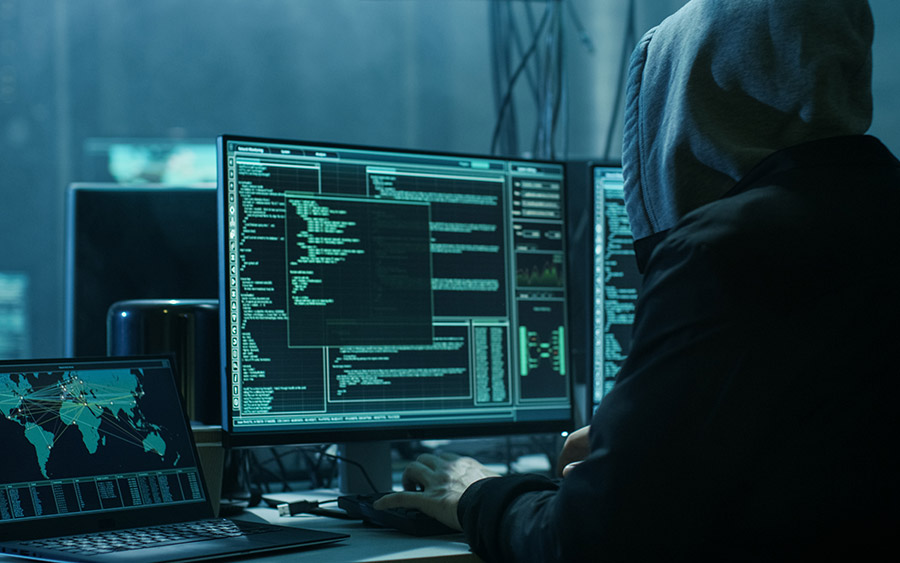Why do most government construction projects and GSA-IOLP require the use of window film? Shouldn’t you?
Window film may be used to provide safety for building occupants and contents, promote comfort by addressing one of the biggest complaints by tenants: “The hot and cold spot syndrome”, exterior protection in the form of anti-graffiti film, reduce energy costs, and insure the security of intellectual property (“IP”). Window film can increase the shatter resistance of glass, reduce the risk of property damage from hurricanes due to broken glass and mitigate damage and injury due to bomb-blast or other explosive forces. A special anti-eavesdropping window film can protect intellectual property against electronic theft and eavesdropping. The use of window film can assist in obtaining up to 9 LEED® certification points. Spectrally selective window films, newer state of the art, and low-e window films can achieve up to 15% savings on year-round commercial building energy costs. These are all glass enhancement products that can be put in service at any time, even during new construction.
BOMA Pittsburgh chapter. October 2010 newsletter. “Green Tip – a few sustainable changes that are cost effective and relatively simple will be hot in the coming years: Glazing doors and windows are a major source of heat/cooling loss. High-performance glazing and/or Commercial window tinting options can reduce energy cost.”
At U.S. Film Crew, we believe that our greatest challenge is to educate those who stand to benefit from the use of window film as to the array of problems and risks that windows present and the solutions that window film provides. Many property owners are simply unaware of the significant energy savings that can be realized, the energy consumption reduction tax credits, and other economic incentives which are available from the use of window film.
According to the U.S. Department of Energy, buildings account for more than one-third of all U.S. energy consumption, 30 to 40% of which is directly attributable to cooling / lighting, electricity use and heating by natural gas, coal, electricity, or oil. Federal energy policies have emphasized the development of new “secure” energy supply options such as offshore oil, but advanced building technologies such as spectrally selective glazing systems that effectively reduce energy consumption can also be viewed as a “supply” option.
U.S. Film Crew, headquartered in Pittsburgh, PA with satellite offices in San Antonio, TX and Washington D.C., is engaged in the marketing and installation of window films and related products in both the private and public sectors. We take pride in formulating innovative and creative solutions for all types of glass-related problems. We have installed millions of square feet of all window film types from the major film manufacturers nationwide. Among our specialties are energy savings window film and security film.
Why the recent talk about “Cyber Security” and what does window film have to do with “Cyber Security and IP”? Unprotected glass is the achilles heel of any IT and Intellectual Property security strategy. Radio frequency (RF) and infrared (IR) signals generated from electronics and voice devices within a building “leak” through the glass windows to the outside world, introducing a new significant security threat. This RF/IR leakage allows unauthorized parties to monitor, eavesdrop, record and steal confidential “IP”, valuable electronic information and voice conversations even though encryption and other cyber security protections have been deployed.
A January 28, 2009 article in Forbes, “Putting a Price on Cyberspying”, discusses the magnitude of the eavesdropping problem. A study performed by Purdue University’s Krannert School of Management queried CIOs (anonymously, since on the record few CIOs will admit that they’ve been targeted) about the value of intellectual property lost to hackers and insider thieves in 2008. Of those surveyed more than 119 said that they’d had intellectual property including R&D or other strategic data stolen. The estimated value of the stolen data added up to $559 million or $4.6 million per company, with 3% of the firms reporting stolen data worth $50 million or more.
Anti-eavesdropping film (RF/IR/UV/Spall/Blast mitigation) has been cited by Department of Defense officials as “the least expensive method for mitigating the largest amount of eavesdropping threats”. Since this film is also “Spectrally Selective”, it can be quite often funded, in part, with savings generated by “green funding,” energy conservation credits.
We have found that many Real Estate Development Companies, REIT’s, owner operators who are instrumental in implementing substantial building energy savings upgrades for their own buildings (even architects / contractors for the Federal government, Non-profit organizations, Schools, and NP Hospitals) may not realize they qualify for tax credits under Section 179(d) of the Internal Revenue Code.
For more information, please contact U.S. Film Crew President: Glenn Yocca, glenn@usfilmcrew.com.


